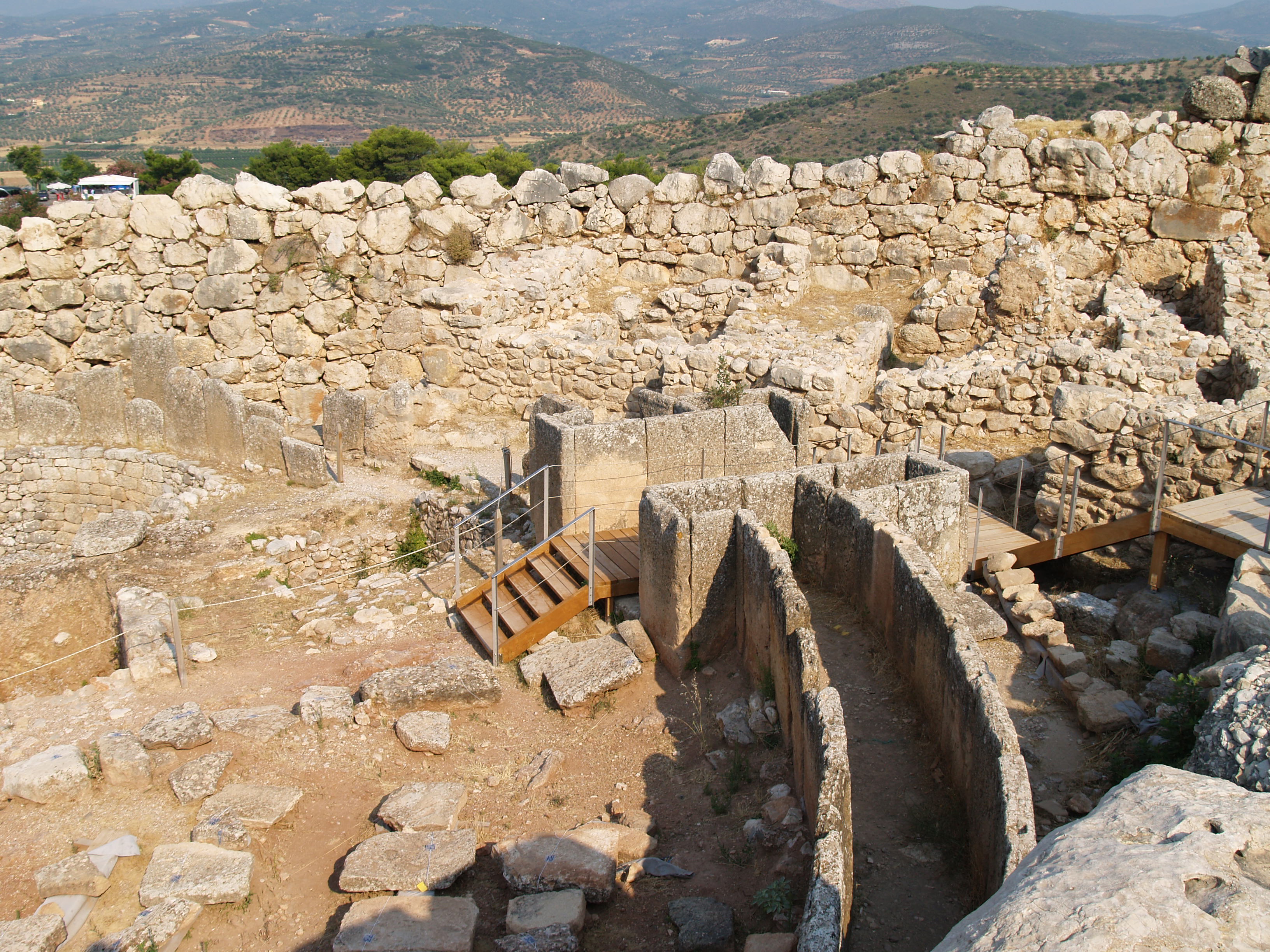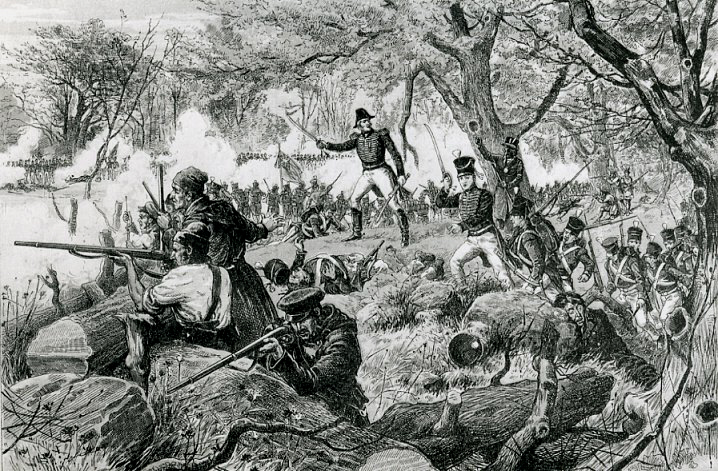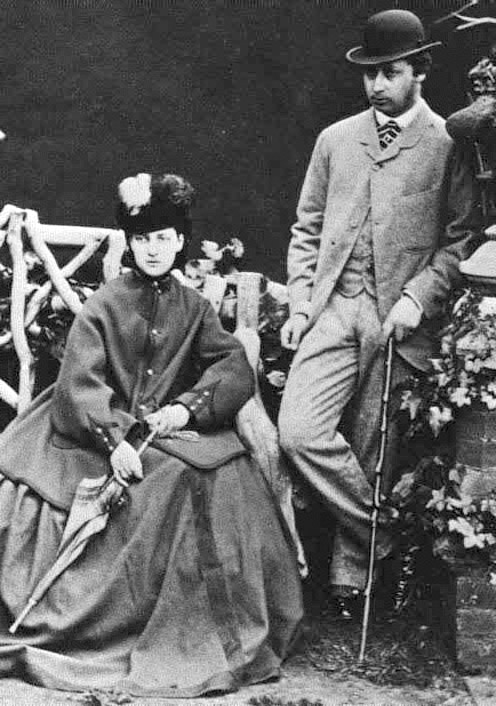|
Library Of Parliament
The Library of Parliament () is the main information repository and research resource for the Parliament of Canada. The main branch of the library sits at the rear of the Centre Block on Parliament Hill in Ottawa, Ontario. The library survived the 1916 fire that destroyed Centre Block. The library has been augmented and renovated several times since its construction in 1876, the last between 2002 and 2006, though the form and decor remain essentially authentic. The building today serves as a Canadian icon, and appears on the obverse of the Canadian ten-dollar bill. The library is overseen by the Parliamentary Librarian of Canada and an associate or assistant librarian. The Canadian Parliamentary Poet Laureate is considered to be an officer of the library. Main branch characteristics Designed by Thomas Fuller and Chilion Jones, and inspired by the British Museum Reading Room, the building is formed as a chapter house, separated from the main body of the Centre Block by a ... [...More Info...] [...Related Items...] OR: [Wikipedia] [Google] [Baidu] |
Parliament Of Canada
The Parliament of Canada () is the Canadian federalism, federal legislature of Canada. The Monarchy of Canada, Crown, along with two chambers: the Senate of Canada, Senate and the House of Commons of Canada, House of Commons, form the Bicameralism, bicameral legislature. The 343 members of the lower house, the House of Commons, are styled as Member of Parliament (Canada), ''Members of Parliament'' (MPs), and each elected to represent an Electoral district (Canada), electoral district (also known as a riding). The 105 members of the upper house, the Senate, are styled ''senators'' and appointed by the Governor General of Canada, governor general on the advice of the Prime Minister of Canada, prime minister. Collectively, MPs and senators are known as ''parliamentarians''. Bills may originate in either the House of Commons or the Senate, however, bills involving raising or spending funds must originate in the House of Commons. By Constitutional convention (political custom), cons ... [...More Info...] [...Related Items...] OR: [Wikipedia] [Google] [Baidu] |
Rubble Masonry
Rubble masonry or rubble stone is rough, uneven building stone not laid in regular courses. It may fill the core of a wall which is faced with unit masonry such as brick or ashlar. Some medieval cathedral walls have outer shells of ashlar with an inner backfill of mortarless rubble and dirt. Square rubble masonry Square rubble masonry consists of stones that are dressed (squared on all joints and beds) before laying, set in mortar, and make up the outer surface of a wall. History Irregular rubble, or sack, masonry evolved from embankments covered with boards, stones or bricks. That outer surface was used to give the embankment greater strength and make it more difficult for enemies to climb. The Sadd el-Khafara dam, in Wadi Al-Garawi near Helwan in Egypt, which is 14 meters high and built in rubble masonry, dates back to 2900–2600 BC The Greeks called the construction technique emplekton and made particular use of it in the construction of the defensive walls of ... [...More Info...] [...Related Items...] OR: [Wikipedia] [Google] [Baidu] |
Upper Canada
The Province of Upper Canada () was a Province, part of The Canadas, British Canada established in 1791 by the Kingdom of Great Britain, to govern the central third of the lands in British North America, formerly part of the Province of Quebec (1763–1791), Province of Quebec since 1763. Upper Canada included all of modern-day Southern Ontario and all those areas of Northern Ontario in the which had formed part of New France, essentially the watersheds of the Ottawa River or Lakes Lake Huron, Huron and Lake Superior, Superior, excluding any lands within the watershed of Hudson Bay. The "upper" prefix in the name reflects its geographic position along the Great Lakes, mostly above the headwaters of the Saint Lawrence River, contrasted with Lower Canada (present-day Quebec) to the northeast. Upper Canada was the primary destination of Loyalist (American Revolution), Loyalist refugees and settlers from the United States after the American Revolution, who often were granted la ... [...More Info...] [...Related Items...] OR: [Wikipedia] [Google] [Baidu] |
Étienne-Paschal Taché
Sir Étienne-Paschal Taché (5 September 1795 – 30 July 1865) was a Canadian medical doctor, politician, and Father of Confederation. His family had a long history in New France, but suffered serious financial reverses due to the Seven Years' War and the siege of Quebec. He was considered a self-made man, who became a physician, a militia soldier, and a politician. He served twice as Joint premiers of the Province of Canada, joint premier of the Province of Canada. Taché was a strong supporter of the Canadian Confederation, Confederation of the British North American provinces, and the maintenance of the British connection. From June 1864, he was the formal head of the Great Coalition which pushed for Confederation, containing John A. Macdonald, George-Étienne Cartier and George Brown (Canadian politician), George Brown, but he died in office in 1865, two years before Confederation and the creation of Canada. Early life and family Taché was born in St. Thomas, ... [...More Info...] [...Related Items...] OR: [Wikipedia] [Google] [Baidu] |
Alexandra Of Denmark
Alexandra of Denmark (Alexandra Caroline Marie Charlotte Louise Julia; 1 December 1844 – 20 November 1925) was List of British royal consorts, queen-consort of the United Kingdom and the British Dominions, and Empress of India, from 22 January 1901 to 6 May 1910 as the wife of Edward VII. Alexandra's family had been relatively obscure until 1852, when her father, Christian IX of Denmark, Prince Christian of Schleswig-Holstein-Sonderburg-Glücksburg, was chosen with the consent of the major European powers to succeed his second cousin Frederick VII of Denmark, Frederick VII as King of Denmark. At the age of sixteen, Alexandra was chosen as the future wife of Albert Edward, Prince of Wales, the son and heir apparent of Queen Victoria. Wedding of Prince Albert Edward and Princess Alexandra, The couple married eighteen months later in 1863, the year in which her father became king of Denmark as Christian IX and her brother William was appointed king of Greece as George I of G ... [...More Info...] [...Related Items...] OR: [Wikipedia] [Google] [Baidu] |
Edward VII Of The United Kingdom
Edward VII (Albert Edward; 9 November 1841 – 6 May 1910) was King of the United Kingdom and the British Dominions, and Emperor of India, from 22 January 1901 until his death in 1910. The second child and eldest son of Queen Victoria and Prince Albert of Saxe-Coburg and Gotha, Edward, nicknamed "Bertie", was related to royalty throughout Europe. He was Prince of Wales and heir apparent to the British throne for almost 60 years. During his mother's reign, he was largely excluded from political influence and came to personify the fashionable, leisured elite. He married Princess Alexandra of Denmark in 1863, and the couple had six children. As Prince of Wales, Edward travelled throughout Britain performing ceremonial public duties and represented Britain on visits abroad. His tours of North America in 1860 and of the Indian subcontinent in 1875 proved popular successes. Despite the approval of the public, his reputation as a playboy prince soured his relationship with his mo ... [...More Info...] [...Related Items...] OR: [Wikipedia] [Google] [Baidu] |
John Sandfield Macdonald
John Sandfield Macdonald, (December 12, 1812 – June 1, 1872) was the joint premier of the Province of Canada from 1862 to 1864. He was also the first premier of Ontario from 1867 to 1871, one of the four founding provinces created at Canadian Confederation, Confederation in 1867. He served as both premier and Attorney General of Ontario, attorney general of Ontario from July 16, 1867, to December 20, 1871. He was referred to by his middle name, Sandfield, and often signed his correspondence and documents as ''J. Sandfield Macdonald''. Early life and legal career Born in 1812 in Glengarry County, Ontario, Glengarry County, Upper Canada, John Sandfield was the first of five children for Alexander and Nancy Macdonald, who were Roman Catholic Highland Scots. His mother died when he was eight. Independent in mind, Macdonald twice tried to set out from home when he was eleven. Leaving school at 16, he became a clerk at several general stores, before deciding to enter the l ... [...More Info...] [...Related Items...] OR: [Wikipedia] [Google] [Baidu] |
Marshall Wood
Marshall Wood (c. 1834 – 16 July 1882) was an English sculptor, medalist, and artist, and the younger brother of Shakespeare Wood. Wood was born in Manchester, the son of Hamilton Wood (c.1805–1811), a merchant and manufacturer. He began showing work at the Royal Academy in 1854, and was a regular exhibitor for the next twenty years. He also showed work in Edinburgh in 1856. By 1871 his wife, children and two servants were resident in Reigate. The ''Art Journal'' credits Wood with having executed statues of Queen Victoria for Melbourne, Sydney, Montreal, Calcutta, and Ottawa. Wood also executed three portraits of the Prince of Wales (shown at the RA in 1863, 1864 and 1875) and a bust of the Princess of Wales. Selected works * Daphne * Hebe * Musidora * Proserpine * Siren * Song of the Shirt * Queen Victoria, various locations, various dates ** Musée de la civilisation, Quebec City Quebec City is the capital city of the Provinces and territories of Canada, Canadian p ... [...More Info...] [...Related Items...] OR: [Wikipedia] [Google] [Baidu] |
Queen Victoria
Victoria (Alexandrina Victoria; 24 May 1819 – 22 January 1901) was Queen of the United Kingdom of Great Britain and Ireland from 20 June 1837 until Death and state funeral of Queen Victoria, her death in January 1901. Her reign of 63 years and 216 days, which was List of monarchs in Britain by length of reign, longer than those of any of her predecessors, constituted the Victorian era. It was a period of industrial, political, scientific, and military change within the United Kingdom of Great Britain and Ireland, United Kingdom, and was marked by a great expansion of the British Empire. In 1876, the British parliament voted to grant her the additional title of Empress of India. Victoria was the daughter of Prince Edward, Duke of Kent and Strathearn (the fourth son of King George III), and Princess Victoria of Saxe-Coburg-Saalfeld. After the deaths of her father and grandfather in 1820, she was Kensington System, raised under close supervision by her mother and her Comptrol ... [...More Info...] [...Related Items...] OR: [Wikipedia] [Google] [Baidu] |
Picturesque
Picturesque is an aesthetic ideal introduced into English cultural debate in 1782 by William Gilpin in ''Observations on the River Wye, and Several Parts of South Wales, etc. Relative Chiefly to Picturesque Beauty; made in the Summer of the Year 1770'', a practical book which instructed England's leisured travellers to examine "the face of a country by the rules of picturesque beauty". Picturesque, along with the aesthetic and cultural strands of Gothic and Celticism, was a part of the emerging Romantic sensibility of the 18th century. The term "picturesque" needs to be understood in relationship to two other aesthetic ideals: the '' beautiful'' and the '' sublime''. By the last third of the 18th century, Enlightenment and rationalist ideas about aesthetics were being challenged by accounts of the experiences of beauty and sublimity that involved non-rational elements. Aesthetic experience was not just a simply deliberate, conscious rational decision based on principles of, ... [...More Info...] [...Related Items...] OR: [Wikipedia] [Google] [Baidu] |
Copper
Copper is a chemical element; it has symbol Cu (from Latin ) and atomic number 29. It is a soft, malleable, and ductile metal with very high thermal and electrical conductivity. A freshly exposed surface of pure copper has a pinkish-orange color. Copper is used as a conductor of heat and electricity, as a building material, and as a constituent of various metal alloys, such as sterling silver used in jewelry, cupronickel used to make marine hardware and coins, and constantan used in strain gauges and thermocouples for temperature measurement. Copper is one of the few metals that can occur in nature in a directly usable, unalloyed metallic form. This means that copper is a native metal. This led to very early human use in several regions, from . Thousands of years later, it was the first metal to be smelted from sulfide ores, ; the first metal to be cast into a shape in a mold, ; and the first metal to be purposely alloyed with another metal, tin, to create bronze, ... [...More Info...] [...Related Items...] OR: [Wikipedia] [Google] [Baidu] |
Cupola
In architecture, a cupola () is a relatively small, usually dome-like structure on top of a building often crowning a larger roof or dome. Cupolas often serve as a roof lantern to admit light and air or as a lookout. The word derives, via Italian language, Italian, from lower Latin ''cupula'' (classical Latin ''cupella''), (Latin ''cupa''), indicating a vault resembling an upside-down cup. The cylindrical drum underneath a larger cupola is called a tholobate. Background The cupola evolved during the Renaissance from the older Oculus (architecture), oculus. Being weatherproof, the cupola was better suited to the wetter climates of northern Europe. The chhatri, seen in Architecture of India, Indian architecture, fits the definition of a cupola when it is used atop a larger structure. Cupolas often serve as a Bell tower, belfry, Belvedere (structure), belvedere, or roof lantern above a main roof. In other cases they may crown a spire, tower, or Turret (architecture), turret. B ... [...More Info...] [...Related Items...] OR: [Wikipedia] [Google] [Baidu] |







